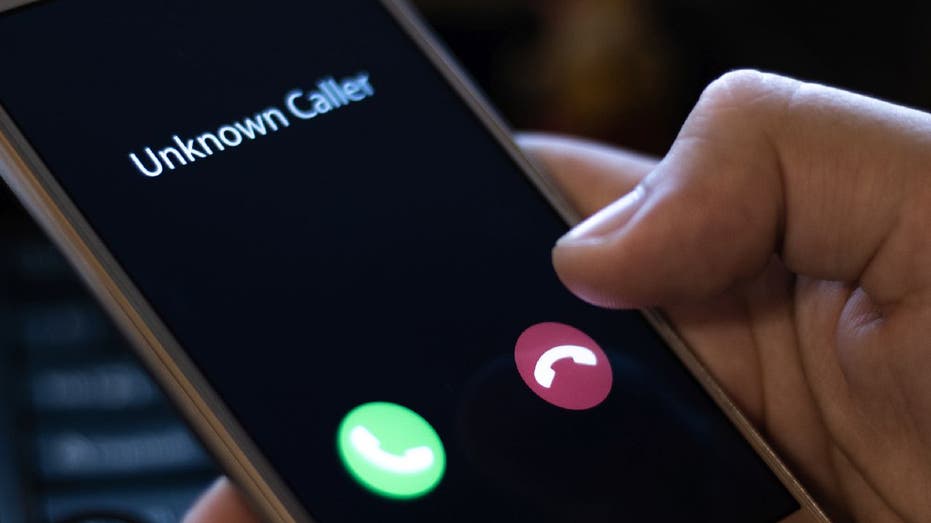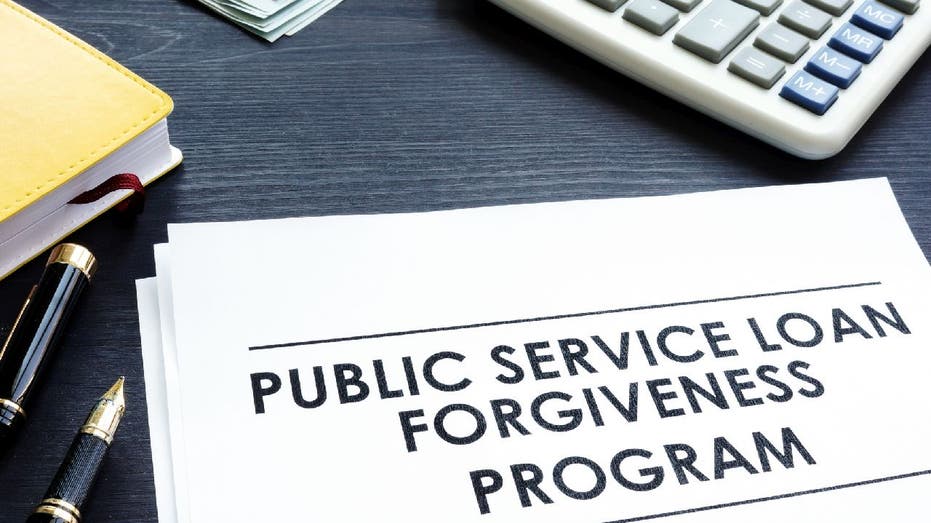Application for student loan handout opens: FTC warns of potential scams
FTC names signs of scams as the Biden administration launches the online application for student loan handouts on StudentAid.gov
Biden rips Republicans for opposing his student loan handout
Fox News contributor Mollie Hemingway discusses Biden's student loan handout, First Lady Dr. Jill Biden reportedly being angry over a January press conference of the president's that wasn't stopped, and the Democrats' agenda.
The Federal Trade Commission’s (FTC) division of financial practices has issued a consumer alert about potential student loan debt relief scams in wake of the Biden administration launching the online application for student loan handouts.
Scammers are looking to collect money and personal information from unsuspecting applicants, the FTC explained in its alert on Tuesday, Oct. 18.
President Biden and Education Secretary Miguel Cardona officially launched the online Federal Student Aid debt relief application on Monday.
STUDENT LOAN RELIEF APPLICATION NOW OFFICIALLY AVAILABLE THROUGH ONLINE PORTAL
During the press briefing, Biden announced that eight million applications have been processed automatically.
American borrowers who aren’t included in the automatic processing will have to submit their applications by Dec. 31, 2023.
Eligible applicants who meet the one-time student debt relief plan’s income requirements will have a chance to get a full or partial discharge of up to $20,000 for federal student loans.
The total cost of the loan handouts will amount to $500 billion, according to the Committee for a Responsible Federal Budget. The nation's federal student debt now tops $1.6 trillion after ballooning for years — while the national debt, according to the Treasury Department, currently sits at about $30.9 trillion.
"As people file their applications, [the Department of Education] will review them on a rolling basis," the FTC wrote in its consumer alert. "Pack some patience and follow the process…not those who say they can put you in front of the line. Because those are scammers."
APPLICATION FOR STUDENT LOAN RELIEF IS LIVE, BUT SOME BORROWERS ARE NO LONGER ELIGIBLE
Here are five tips the FTC recommends, so borrowers can protect themselves from student debt relief scams.
1. Only apply on StudentAid.gov
The U.S. government’s student loan debt relief application can only be accessed through the official Federal Student Aid website. The link to the application is StudentAid.gov/DebtRelief – and it’s available in English and Spanish.
No other website has a legitimate application, according to the FTC. Paper applications will become available at a later date, the FTC reported.
2. Don’t pay for an application

The Federal Trade Commission says the student loan debt relief application on the Federal Student Aid website is free and anyone asking for payments to process applications are scammers. (iStock / iStock)
The Federal Student Aid debt relief application is completely free to file.
WHITE HOUSE RELEASES STUDENT LOAN FORGIVENESS APPLICATION — WHAT TO KNOW
"Anyone who says you need to pay is a scammer," the FTC wrote. "And anyone who guarantees approval or quicker forgiveness: scam, scam, scam."
3. Document uploads aren’t needed for applications

The student loan debt relief application on the Federal Student Aid website won't ask applicants to upload personal documents in their initial filing, the Federal Trade Commission says. (iStock / iStock)
The Federal Student Aid debt relief application will ask for an applicant’s name birthdate, Social Security number, phone number and address. However, the online application won’t ask an applicant to upload or attach a document with personal information, according to the FTC.
The FTC stressed that only scammers would ask for an applicant’s Federal Student Aid ID, bank account number or credit card information.
The Department of Education is the federal agency that will handle income verification for applications once processing begins, the FTC wrote.
BIDEN ADMINISTRATION REVISES STUDENT LOAN FORGIVENESS FOR SOME BORROWERS
4. Scrutinize emails

The Federal Trade Commission says student loan debt relief applicants should take a close look at incoming emails that discuss their application status. (iStock / iStock)
The Department of Education is the only legitimate agency that’ll reach out to applicants for income verification, which could require a tax document upload, according to the FTC.
There are three email addresses the Department of Education uses to send verification emails and updates, the FTC noted.
Legitimate Department of Education email addresses
- noreply@studentaid.gov
- noreply@debtrelief.studentaid.gov
- ed.gov@public.govdelivery.com
GET FOX BUSINESS ON THE GO BY CLICKING HERE
The FTC said student loan relief applicants should scrutinize incoming emails to protect themselves from potential scammers.
"Pay close attention [to] the sender address for emails about loan forgiveness — looking for slight typos — to avoid a scammer’s fake emails," the agency wrote.
5. Follow application rejection instructions

Questions can be directed to Federal Student Aid via phone. (iStock / iStock)
Applicants who get denied should never turn to an alternative source to try to get their application approved, according to the FTC.
"Anyone who says they can get you approved (for a fee) is a scammer," the FTC warned.
Instead, rejected applicants should follow the instructions the Department of Education has outlined in emailed notices, the FTC said.
CLICK HERE TO READ MORE ON FOX BUSINESS
Questions about application rejection can be directed to Federal Student Aid’s dedicated phone line at 1-833-932-3439.
The FTC is urging the public to report suspected student loan debt relief scams to ReportFraud.ftc.gov.




















